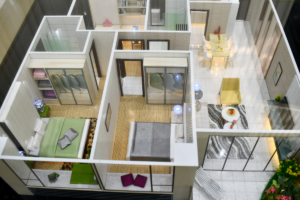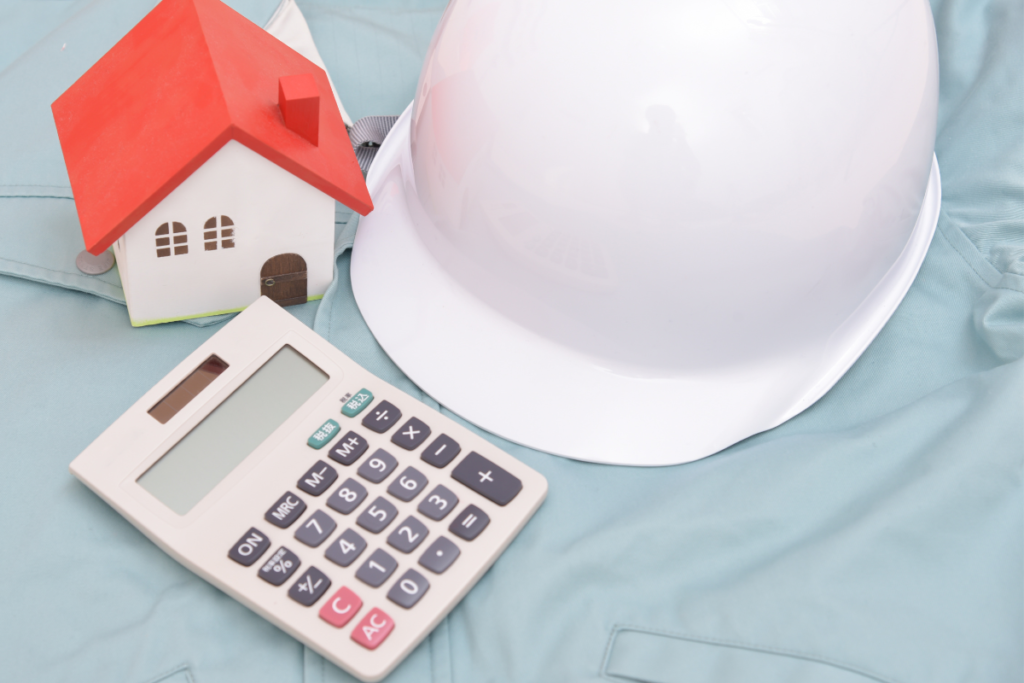 Introduction To Residential Equipment Furnishings Estimating
Introduction To Residential Equipment Furnishings Estimating
When embarking on a residential construction or renovation project, one of the crucial aspects to address is the cost of equipment and furnishings. Residential equipment furnishings estimating is essential for budgeting, planning, and ensuring that the project stays on track financially. This detailed guide will explore the nuances of residential equipment furnishings estimating, including the factors that influence it, methodologies for accurate estimation, and best practices to ensure a successful outcome.
What is Residential Equipment Furnishings Estimating?
Residential equipment furnishings estimating involves calculating the costs associated with acquiring and installing various types of equipment and furnishings in a residential property. This encompasses everything from major appliances like refrigerators and washing machines to smaller items like lamps, curtains, and furniture. The goal is to provide an accurate estimate of the total costs involved, helping homeowners, contractors, and project managers budget effectively and plan for the successful completion of the project.
The Importance of Accurate Residential Equipment Furnishings Estimating
Accurate estimating in residential equipment furnishings is vital for several reasons:
- Budget Adherence: Furnishings and equipment often represent a significant portion of a residential project’s budget. An accurate estimate helps prevent cost overruns and ensures that the project remains within the allocated budget.
- Project Scheduling: Detailed estimates aid in scheduling the procurement and installation of equipment and furnishings. Proper scheduling ensures timely delivery and installation, minimizing delays and disruptions in the project timeline.
- Client Satisfaction: For contractors and project managers, meeting client expectations regarding cost and quality is crucial. Accurate estimates help set realistic expectations and avoid potential conflicts or dissatisfaction with the final outcome.
- Quality Assurance: By providing a precise estimate, project managers can ensure that all required equipment and furnishings are of the appropriate quality and meet the project’s standards, contributing to the overall success of the residential project.
Factors Influencing Residential Equipment Furnishings Estimating
Several factors affect the accuracy of residential equipment furnishings estimating:
- Type and Scope of Equipment and Furnishings: The type and scope of items required play a significant role in estimating costs. High-end appliances, custom furniture, and luxury finishes will generally be more expensive than standard or off-the-shelf options.
- Design and Layout: The design and layout of the residential space influence the types and quantities of furnishings needed. A modern, open-plan home may require different furnishings compared to a traditional, compartmentalized layout.
- Quality and Brand: The quality and brand of the equipment and furnishings selected can greatly impact costs. High-end, branded items usually come with a higher price tag but may offer better durability and aesthetic appeal.
- Quantity: Accurately estimating the number of items required is essential. Overestimating or underestimating quantities can lead to budget issues and project delays.
- Customization Needs: Custom or bespoke furnishings and equipment often involve higher costs and longer lead times. These factors should be factored into the estimate to avoid unexpected expenses.
- Supplier and Vendor Relationships: Established relationships with suppliers and vendors can influence pricing. Bulk orders or long-term partnerships may result in discounts or favorable terms that should be considered in the estimate.
- Market Conditions: Fluctuations in market conditions, such as changes in material prices or supply chain disruptions, can impact the cost of equipment and furnishings. Staying informed about market trends is crucial for accurate estimating.
- Installation Costs: The cost of installing equipment and furnishings, including labor and any additional work required, must be included in the overall estimate. Installation complexity can vary depending on the type of equipment and the layout of the space.
Methods of Residential Equipment Furnishings Estimating
Several methods can be employed to estimate the cost of residential equipment and furnishings:
- Manual Estimating: For smaller projects or initial estimates, manual calculations may be sufficient. This involves listing all required items, researching prices, and calculating the total cost. While this method is straightforward, it can be time-consuming and prone to errors.
- Digital Estimating Tools: For larger or more complex projects, digital estimating tools can streamline the process. These tools allow for detailed itemization, cost comparisons, and real-time adjustments based on current data, such as fluctuating material costs and market conditions.
- Professional Estimators: For high-value or highly detailed projects, hiring a professional estimator may be the best option. Professional estimators have the expertise to provide accurate and reliable estimates, considering all aspects of the project. Although this service incurs additional costs, it can help prevent costly mistakes and ensure that the project remains within budget.
Challenges in Residential Equipment Furnishings Estimating
Several challenges can arise during the estimating process:
- Price Fluctuations: The cost of equipment and furnishings can fluctuate due to changes in material prices, supply chain issues, or market demand. This variability makes it challenging to provide a fixed estimate, especially for long-term projects.
- Design Changes: Changes in design or furnishings selection after the initial estimate can lead to cost overruns. Including a contingency budget for potential changes can help mitigate this risk.
- Unforeseen Site Conditions: Unforeseen site conditions, such as structural issues or access problems, can impact the cost of installation. These issues may not be apparent until installation begins, potentially leading to additional expenses.
- Coordination with Other Trades: Installation often needs to be coordinated with other trades, such as electrical or plumbing work. Delays or issues in these areas can affect the installation schedule and increase costs.
- Client Expectations: Managing client expectations regarding cost and quality is essential. Clients may have unrealistic expectations, and clear communication along with detailed estimates can help align expectations and avoid dissatisfaction.
Best Practices for Residential Equipment Furnishings Estimating
To achieve accurate and effective residential equipment furnishings estimating, consider the following best practices:
- Detailed Inventory: Start with a detailed inventory of all required equipment and furnishings. This includes major items as well as smaller accessories, ensuring that nothing is overlooked and providing a comprehensive cost picture.
- Thorough Market Research: Conduct detailed research on prices, considering factors such as quality, durability, and availability. Obtain quotes from multiple suppliers to ensure competitive pricing and accurate estimates.
- Include Contingencies: Always include a contingency budget to account for unexpected costs, design changes, or price fluctuations. A contingency of 10% to 20% is generally recommended.
- Clear Communication: Maintain clear communication with clients and stakeholders throughout the estimating process. Explain the factors influencing costs and provide detailed breakdowns to ensure transparency and manage expectations effectively.
- Regular Updates: For long-term projects, regularly update estimates to reflect any changes in material costs, labor rates, or project scope. This helps keep the budget accurate and avoids surprises.
Residential equipment furnishings estimating is a crucial component of any construction or renovation project. By carefully considering factors such as the type and quality of items, market conditions, and installation costs, homeowners, contractors, and project managers can provide accurate estimates that help manage budgets, plan effectively, and meet client expectations. Whether using manual methods, digital tools, or professional services, the key to successful estimating lies in thorough research, attention to detail, and clear communication. As the residential design and construction industries evolve, staying informed about best practices and emerging trends will ensure that your projects are both successful and financially sound.
Are you looking for the best estimating services in USA?
Look no further than “https://zionestimating.com”
They are offering top-notch services like;
- Construction/cost estimation
- Budget planning
- Material takeoff
- Equipment estimation
and further more!!!
Here are some more information for your convenience:
Phone no. : +1 718-427-9941 || +1 562-383-6177
Email: [email protected]
Visit their blogs and site
https://zionestimating.com for the latest updates and service tips!
